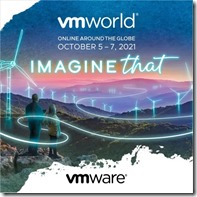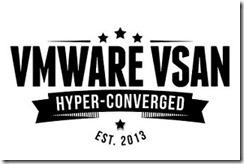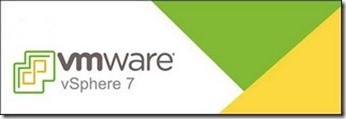 On June 1st VMware released the latest version for VMware Cloud Foundation (VCF), version 5.0. The release of VCF 5.0 means that VCF customers now can benefit from all the cool new features included in vSphere 8.x and NSX 4.1.x.
On June 1st VMware released the latest version for VMware Cloud Foundation (VCF), version 5.0. The release of VCF 5.0 means that VCF customers now can benefit from all the cool new features included in vSphere 8.x and NSX 4.1.x.
The first release off VCF dates back to 2015. During the VMworld (what we now know as VMware Explore) of that year VMware launched a product called SDDC EVO. In the following years that product evolved to what we know today as VCF.






 Recently I’ve expanded my lab environment with a second vSphere host. One of the advantages of having two vSphere hosts is that you can move machine from on vSphere host to the other. If you perform this move while the machine is powered down you don’t and need any additional configuration. However, if you want to move a running machine from one vSphere host to the other without losing connectivity to this VM, you need vMotion. First let me explain what vMotion is.
Recently I’ve expanded my lab environment with a second vSphere host. One of the advantages of having two vSphere hosts is that you can move machine from on vSphere host to the other. If you perform this move while the machine is powered down you don’t and need any additional configuration. However, if you want to move a running machine from one vSphere host to the other without losing connectivity to this VM, you need vMotion. First let me explain what vMotion is. VMware vSphere PowerCLI is a command line tool for automating vSphere and vCloud management.
VMware vSphere PowerCLI is a command line tool for automating vSphere and vCloud management.